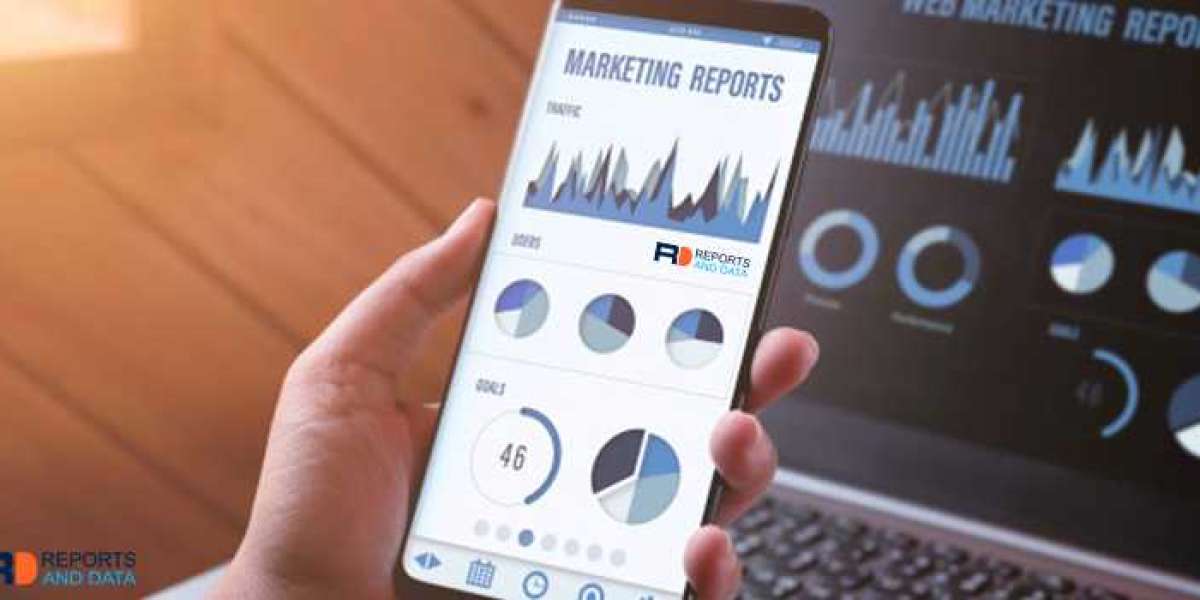Enter Total Cost of Ownership (TCO), a concept that provides a more comprehensive view of the actual cost of owning or using an asset over its entire lifecycle. By considering factors beyond just the upfront price, TCO offers businesses a deeper understanding of their long-term expenses, helping them make smarter decisions. Here’s why the Total Cost of Ownership matters more than price.
What Is Total Cost of Ownership?
Total Cost of Ownership (TCO) is the sum of all costs associated with acquiring, operating, and maintaining a product or service throughout its lifespan. Unlike the sticker price or purchase cost, TCO includes hidden expenses such as installation, training, maintenance, repairs, downtime, and even disposal at the end of its useful life. By evaluating TCO, businesses gain a clearer perspective on what a purchase truly costs, allowing for better budgeting and resource allocation.
The Importance of TCO in Business
- Long-Term Savings
A product with a low initial price might seem like a great deal, but what if it requires expensive maintenance or frequent repairs? Over time, those additional costs can add up, making the "cheap" option much more expensive than a higher-priced alternative that operates efficiently and with fewer issues. Focusing on TCO helps businesses avoid these costly surprises and make investments that deliver long-term savings. - Enhanced Decision-Making
When only price is considered, businesses risk overlooking crucial factors like durability, energy efficiency, and operational costs. TCO encourages decision-makers to look beyond the surface and take into account the entire lifespan of the product. This leads to more informed and strategic decisions, ensuring that purchases align with the company’s long-term goals. - Predictable Budgeting
By understanding the total cost of ownership, businesses can more accurately predict expenses. Knowing the expected costs for maintenance, upgrades, and repairs over the life of the asset provides a clearer picture of future financial obligations. This predictability allows for better cash flow management and ensures that budget allocations are based on real costs rather than estimates. - Improved Efficiency
Products with lower TCO often come with higher-quality materials, better performance, and longer lifespans. These assets tend to require less downtime and fewer repairs, leading to increased efficiency. A high-quality machine, for example, may have a higher upfront price but will save time and resources in the long run due to fewer breakdowns and lower energy consumption.
How to Calculate TCO
To accurately calculate the Total Cost of Ownership, businesses should consider the following factors:
- Initial Purchase Price: The upfront cost to acquire the product or service.
- Operational Costs: This includes utilities, energy consumption, and any resources needed to keep the asset running.
- Maintenance and Repair Costs: Routine servicing, repairs, and replacements should be factored in.
- Downtime: The cost associated with any lost productivity or revenue when the asset is down for repairs or maintenance.
- End-of-Life Costs: This can include disposal fees, recycling costs, or decommissioning expenses.
TCO vs. Price: A Clear Example
Consider the case of two machines. Machine A costs $5,000 and Machine B costs $7,000. At first glance, Machine A seems like the better deal. However, Machine A requires $1,000 in annual maintenance, while Machine B only requires $300. After five years, Machine A will have cost $10,000 ($5,000 initial + $5,000 in maintenance), while Machine B will cost $8,500 ($7,000 initial + $1,500 in maintenance). Over time, Machine B proves to be the better investment, even though it had a higher upfront price.
Conclusion
Total Cost of Ownership is an essential metric for businesses looking to make smart purchasing decisions. Focusing solely on price can lead to higher costs in the long run, while evaluating TCO provides a more accurate understanding of a product’s true value. By considering all factors—upfront price, operating costs, maintenance, and more—businesses can make decisions that result in long-term savings, efficiency, and financial predictability.
In today’s competitive market, where every dollar counts, understanding TCO can be the key to driving profitability and operational excellence. Always remember, when it comes to business investments, the lowest price doesn’t always mean the best deal. Total Cost of Ownership is the better metric to ensure you're getting the best value for your money.








